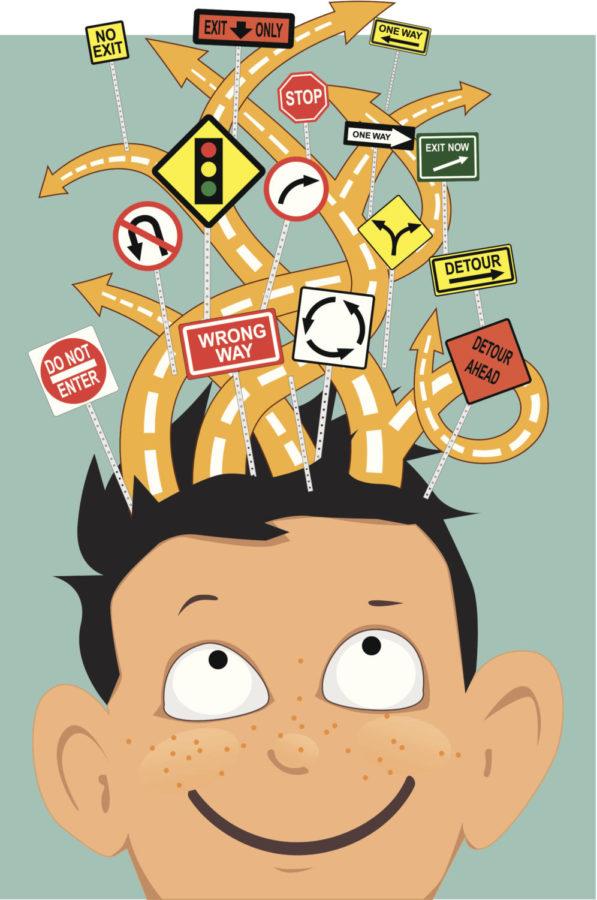ADHD poses challenges for students during finals
April 28, 2015
Finals are approaching and studying for hours on end is right around the corner. Studying can get tedious, even the best students get distracted, but for those impacted by attention deficit hyperactivity disorder (ADHD), this can become a serious issue.
Imagine sitting through a two-hour class and constantly losing focus. As you start to take notes again, you again lose focus. After starting to doodle and fidget you can barely pay attention to what the professor is saying and walk out feeling as if you’ve learned nothing.
“It is hard to study for a 100-question exam when you are constantly being distracted by every little thing around you,” said Tyler Cox, junior in industrial design.
According to the Center of Disease Control (CDC), 13.7 percent of children from ages 4 to 17 have ADHD in Iowa. That’s higher than the national average of 11 percent. Closer to home, “…at least 2/3 of those folks go on to continue to experience problematic symptoms of ADHD into and through adulthood,” said Warren Phillips, senior lecturer of psychology.
With a student population of 33,000 at Iowa State, an average of about 3,000 students would exhibit ADHD symptoms.
“ADHD is a neurological disorder characterized by difficulties/differences in attention, organization, impulse control and activity level,” Warren said.
There is not one specific cause for ADHD, although many studies suggest it can be connected to genes and hereditary.
Although ADHD can impact a person in many different ways, it can be especially difficult in college.
“Living with ADHD is not a miserable thing, however, as a college kid, it is rather difficult at times,” Cox said. “Sometimes it is just really hard to pay attention all the way through class.”
There are instances of confusion about how students cannot pay attention in the class room but can play video games or watch TV for a long period of time. This is because the prefrontal cortex of the brain doesn’t have to activate since the task is engaging enough by itself. For a person with ADHD, the prefrontal cortex is likely underactive. When the student is trying to do homework or something less stimulating, like taking notes in class, the brain doesn’t activate to help finish these less interesting tasks.
“It affects me the most when I am doing something in an environment where I am not completely alone,” said Cox. “If I am around a TV or friends, it can be very hard to concentrate.”
Although there is no cure for ADHD, there are a few ways to keep the symptoms to a minimum.
“There are several behavioral interventions that are crucial and also very helpful,” Phillips said. “For example, learning and using organizational skills is a necessary and very valuable part of treatment for students. It helps them to more fully complete assignments, remain on task and meet their deadlines.”
If you think you or someone you know might have this disorder, check out the symptoms checklist on the CDC website at www.CDC.gov or schedule an appointment at the Student Counseling Center for more information.







